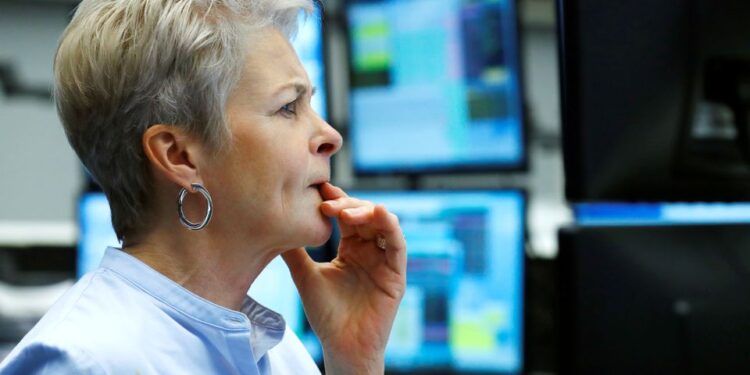Global financial markets moved cautiously higher this week, balancing modest gains with persistent concerns over geopolitical tensions and mixed economic signals. From Monday’s tentative openings to Friday’s closing bell, investors weighed inflation data, central bank rhetoric and simmering unrest in the Middle East and Asia.
The week began with European and Asian bourses treading water, as traders absorbed muted sentiment from the previous US session. Volumes remained thin in early trading on Monday, with cautious positioning ahead of a string of inflation figures and policy comments expected later in the week. European equities held steady, with the FTSE 100 and DAX both eking out minor gains.
By midweek, sentiment improved slightly. Tuesday’s US CPI revisions did little to unsettle markets, as figures remained broadly within expectations. The S&P 500 edged higher, while the Nasdaq touched another record close, buoyed by large-cap tech stocks and renewed optimism around AI-linked earnings. However, bond markets told a more hesitant story, with 10-year Treasury yields climbing above 4.35% as hawkish signals from the Federal Reserve and ECB reminded investors that rate cuts were far from guaranteed.
Asia offered mixed performance throughout the week. Japanese stocks rose on Tuesday and Wednesday as the yen weakened and exporters gained, but China remained under pressure, with the Hang Seng and Shanghai Composite losing ground amid concerns over deflation and property sector instability. Beijing’s limited policy interventions have so far failed to spark sustained recovery, and foreign capital continues to flow cautiously.
Oil markets were rattled midweek after reports of fresh clashes between Israeli forces and Hezbollah in southern Lebanon. Brent crude briefly breached $87 per barrel before retreating as US inventory data showed rising supply. Energy stocks gained early but gave back much of their momentum by Thursday. Gold hovered near $2,330 an ounce, with safe-haven flows supporting the metal amid geopolitical uncertainty.
By Friday, global indices were largely in the green for the week, albeit modestly. The STOXX 600 closed up around 0.6%, while Wall Street posted a fourth straight weekly gain. In currency markets, the US dollar firmed against both the euro and the yen, reflecting resilience in US macro data. Meanwhile, emerging market currencies wobbled under renewed dollar strength and patchy capital flows.
Despite gains, traders remain hesitant to call a breakout. Central banks have signalled that more data is needed before any rate pivot, and inflation—while cooling—has not yet reached policy comfort zones. With summer volatility on the horizon and multiple elections set to reshape political risk globally, many portfolio managers are rotating towards defensive sectors and locking in profits where possible.
The financial week closes with a mild sigh of relief—but also the sense that markets are one event away from renewed turbulence.
REFH – newshub finance



Recent Comments